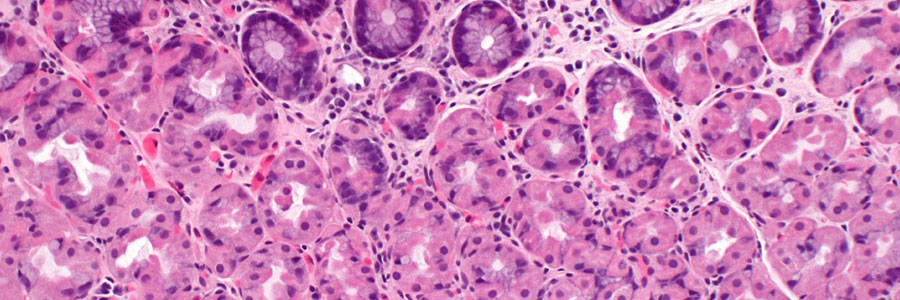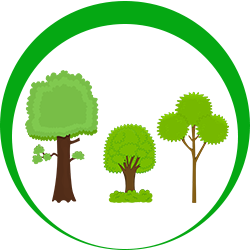The Last Supper: Identifying Macromolecules Lesson Overview

The students will solve a mystery using laboratory tests for different types of macromolecules. They will use argumentation to justify and communicate their claim. They will construct explanations and communicate with one another to determine which macromolecule would be best to eat in different scenarios. Students will be able to identify the structure and functions of the four main types of macromolecules. The students will use laboratory testing to determine the identity of an unknown. They will fill in a chart about the structures, functions, and examples for each macromolecule type and then they will practice their knowledge by answering short response questions relating the macromolecules to the real world. Finally, they will review using a whole-class cooperative activity and take a quiz about the structures and functions of macromolecules.
| Duration 100 minutes |
Setting Classroom |
Grouping 2-4 students |
PTI Inquiry 1.3, 2.1, 2.5, 3.1, 3.3, 3.4, 3.5, 3.7,4.2, 4.3, 5.2, 5.3, 5.4, 5.6, 5.7, 5.8, 6.1, 6.2, 7.2, 7.3 |
| Lesson Components | Time | Inquiry Skills | Tech. Used | Engage Level | Brief Description |
|---|---|---|---|---|---|
| Engage | 4 min | 5.2 | Computer, Projector | 2 | Students will view a real-time video, https://www.youtube.com/watch?v=3AUlUH4-13Q, about what happens in the stomach when a person eats. They will then do a rally robin with their shoulder partner to begin thinking about why the video was shown |
| Explore | 15 min | 1.3, 2.1, 2.5, 3.1, 3.3, 3.5, 3.7,4.2, 4.3, 5.2, 5.3, 5.4 | none | 3 | Students will use given information to design a and carry-out a procedure to solve a forensic scenario. |
| Explain | 25 min | 5.2, 5.3, 5.4, 5.6, 5.7, 6.1, 6.2, 7.2, 7.3 | none | 3 | Students will then use a “claim-evidence-justification” board and a round-robin activity to communicate their findings to the other students in the class. |
| Expand | 30 min | 3.3, 3.4, 4.2, 5.8, 7.3 | none | 3 | Students will use available sources to fill in chart about the form and function of each of the four main types of macromolecules. They will answer short response questions relating macromolecules to their use in real life situations. |
| Evaluate | 15 min (part 1), 10 min (part 2) | 7.3 | none | 3 | Students will do a whole-class cooperative activity, Test-Test-Swap, to review. Students will take a quiz about the structure and function of macromolecules. |
| Level of Student Engagement | ||||
|---|---|---|---|---|
| 1 | Low | Listen to lecture, observe the teacher, individual reading, teacher demonstration, teacher-centered instruction | ||
| 2 | Medium | Raise questions, lecture with discussion, record data, make predictions, technology interaction with assistance | ||
| 3 | High | Hands-on activity or inquiry; critique others, draw conclusions, make connections, problem-solve, student-centered | ||
We love your feedback!
Please share your comments (e.g., strengths, areas for improvement, your implementation results if you taught the lesson in your class, and any modifications you made). Thanks!




